Cities can look very similar . . . when you look from afar. Cities worldwide have many similarities that can be seen with the naked eye. Glass skyscrapers, tons of traffic congestion, big billboards with ads, nightclubs and bars, and statues of famous figures in the cities’ local histories are urban features all cities have. These cities have unique, noticeable, wacky, and remarkable urban features. People react to these wacky additions in their cities in many ways; some love it, some fight it, and others remain indifferent. Many people resist change because it messes with their routines. Also, it makes them feel like they are losing a part of their home. That’s another big reason people push back. On the flip side, plenty of folks eventually adapt. New urban developments often bring job opportunities and fresh energy to a city. Younger generations usually embrace change faster, while older residents might struggle. Some upgrades such as better public transport, new parks, or trendy shops are widely appreciated. Of course, not everything is so black and white. A new project might sound great, but the construction phase can be a nightmare. Residents, travelers and tourists react emotionally to these unique urban developments and features. This article is about the various urban features in cities worldwide and the people’s reactions to them.
The Vegas Sphere is one of the unique structures in Las Vegas. The Vegas Sphere combines a digitized venue and an extra-large TV ad billboard in spherical form. Based on the article ‘READY OR NOT, SPHERE IT COMES: All eyes are on a new Las Vegas landmark’, The Vegas Sphere is approximately 53883.7632 square meters big, with its exterior having 1.2 million LED pucks, which can be used to show over 12288000000 different colors, creating a memorable experience for visitors that is just viewing from the outside alone.

The interior of the Vegas sphere is nothing to scoff at in terms of interior design and technology. Because of the fact the building is a sphere and not a square/rectangle prism, the interior design, interior security and technology were made specifically for the Vegas Sphere. This makes the various concerts, sports events, and cinema a unique experience for tourists and residents alike

People react to Vegas Sphere positively and negatively. Tourists, visitors and residents do have many things to say about their experiences of the Vegas Sphere. According to an article ‘Why Las Vegas’s Sphere Is the Gimmick That Worked – The world’s largest spherical structure offers an unprecedented concert experience’, Miss Caligor described her entering the inside of the Vegas Sphere like entering a whale’s stomach, and experience she had in concert was out of this world, that Vegas Sphere can redefine the entertainment industry. Some people initially reacted to the Vegas Sphere with disdain. People think that the Vegas Sphere is a waste of money. Some people don’t like that there is a giant circular lightbulb that shows ads every night outside their bedroom windows. When the construction of the Vegas Sphere started, some people found the concept insane.
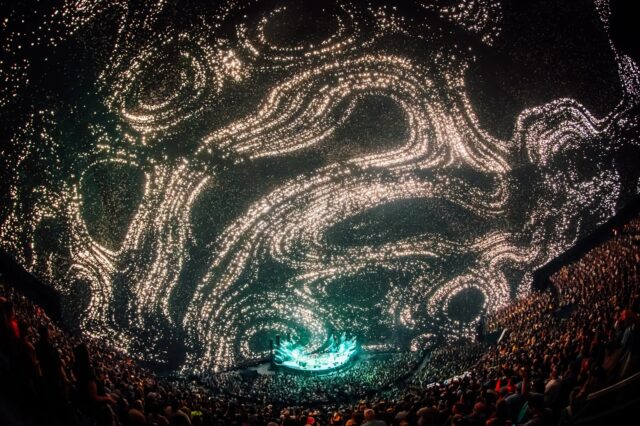
Another wacky urban feature that has caused public disruption is the Cheonggyecheon stream in South Korea. The reason why the Cheonggyecheon stream is considered very fascinating to me is not only that it acts as a flood prevention measure but the history behind it.
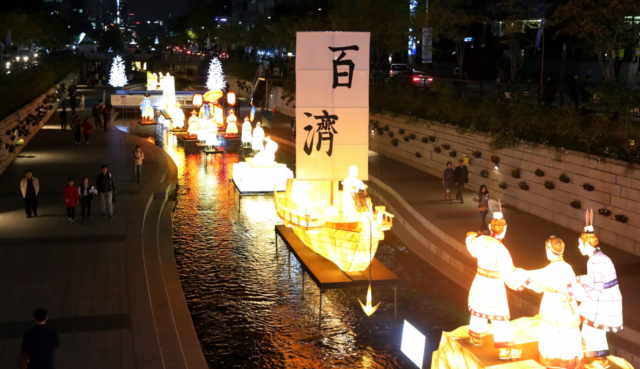
According to the news article ‘Everyone thought it would cause gridlock’: the highway that Seoul turned into a stream, the current Cheonggyecheon stream, was once an elevated highway constructed in the 1960s. Back then, it was seen as a symbol of progress and modernisation. However, in 2002, the Cheonggyecheon stream was restored. Naturally, there are negative fractions to this action; however, as years go by, people naturally adapt to it. This, in my opinion, shows how adaptive people can be.
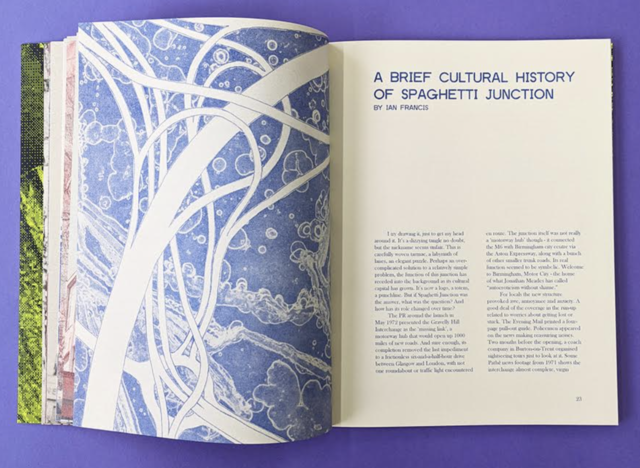
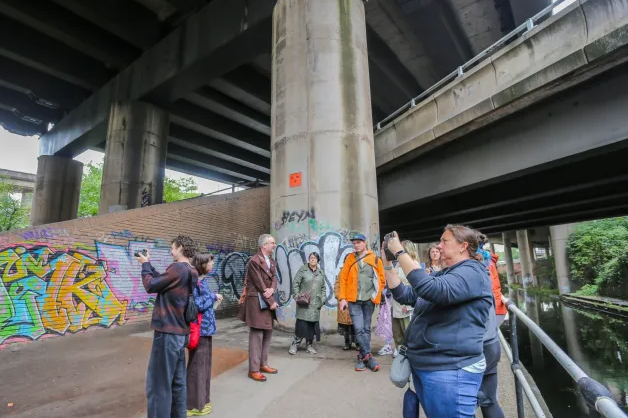
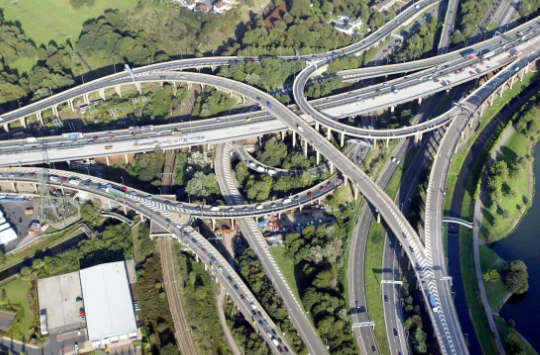
Another example of a unique urban feature is a highway in Britain known as the Spaghetti Junction. The creation of this urban structure started over 40 years ago, in May 1972. When people heard the news about it over 40 years ago, reactions of excitement, anxiety and annoyance were shown. People were worried that they could get lost when driving on Spaghetti Junction. In 2012, people started at the Spaghetti Junction differently. Also, there are signs of gang violence below the structure. According to the article ‘Spaghetti Junction and the unravelling of Britain’s modernity’, they associated the Spaghetti function as an image embodying the false hopes of the 1960s. Also, at that time, concrete ( the primary material used for this urban structure) was a metaphor for the supposed planning catastrophes of the 1960s. Some people view it as a tourist attraction, and there are tours available for it to this day. It is quite interesting on how peoples’ opinions on urban structure can change over the years, sometimes, the opinions go full circle.
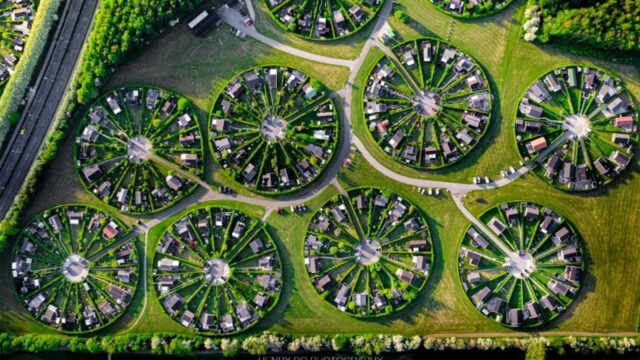
Most cities of this era have very high skyscrapers, have more grey concrete and metal structures than green spaces and natural enclosures, and people can feel lonely, thereby likely to have mental illnesses. However, when people move from urban cities full of skyscrapers to the garden cities of Denmark, they react to the changes in their environment with mixed emotions. There were mixed reactions when people first saw the Garden City of Denmark. People loved the circular layout and shared green spaces. At the same time, people criticise the inefficient land use and incorporation of small private backyard gardens. Some people who initially moved to the garden city find maintenance for large green spaces challenging. Some people loved the green spaces. Some tourists who saw the garden city of Denmark thought it looked like an alien settlement.
It is very intriguing how people’s opinions on urban features change over time. This also applies to their reaction when a concept plan of urban features is released to the public. Some people have a common response when ANY urban structure or feature becomes known to them, which is anxiousness. Regardless, I am looking forward to new urban innovations, and what people’s response would be.
Author:
Xiuwei Zhang
Urban Planner for Tourist Destination intern
University of Auckland, Auckland, NZ
Mentor:
Marija Lazarevic, MSc
CEO at MariXperience ltd.

